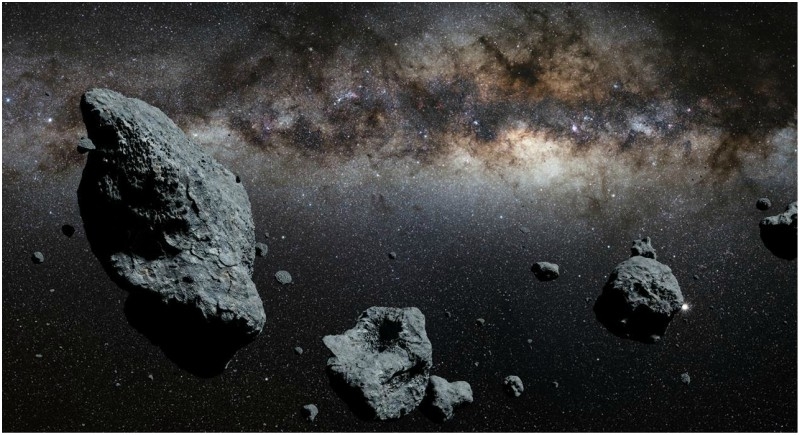Satellite AKARI traces water in 17 asteroids
Tokyo, December 20: Japanese scientists have detected evidence of water in 17 asteroids for the first time using data from the infrared satellite AKARI. This discovery will contribute to our understanding of the distribution of water in our solar system, the evolution of asteroids, and the origin of water on Earth.

Researchers from Japan Aerospace Exploration Agency (JAXA) and University of Tokyo found that water is retained in asteroids as hydrated minerals, which were produced by chemical reactions of water and anhydrous rocks that occurred inside the asteroids.
Our Earth is an aqua-planet and is the only planet in our solar system where the presence of water on the planet surface has been confirmed. However, scientists are not yet sure how our Earth acquired water.
Recent studies have shown that other celestial bodies in our solar system have, or used to have, water in some form. Asteroids are considered to be one of the candidates that brought water to Earth. Hydrated minerals are stable even above the sublimation temperature of water ice.
The Japanese infrared satellite AKARI, which was launched in February 2006 and ended operations in 2011, was equipped with the Infrared Camera (IRC) that allowed us to obtain spectra at near-infrared wavelengths from two to five micrometers.
Infrared wavelengths contain characteristic spectral features of various substances, such as molecules, ice, and minerals, which cannot be observed at visible wavelengths. Therefore, it is indispensable to observe at infrared wavelengths for the study of solar system objects.
The observations detected absorption, which was attributed to hydrated minerals for 17 C-type asteroids. C-type asteroids, which appear dark at visible wavelengths, were believed to be rich in water and organic material, but the present observations with AKARI are the first to directly confirm the presence of hydrated minerals in these asteroids.
Many C-type asteroids display this trend, suggesting that C-type asteroids were formed by the agglomeration of rocks and water ice, then aqueous alteration occurred in the interior of asteroids to form hydrated minerals, and finally, C-type asteroids were heated and dehydrated